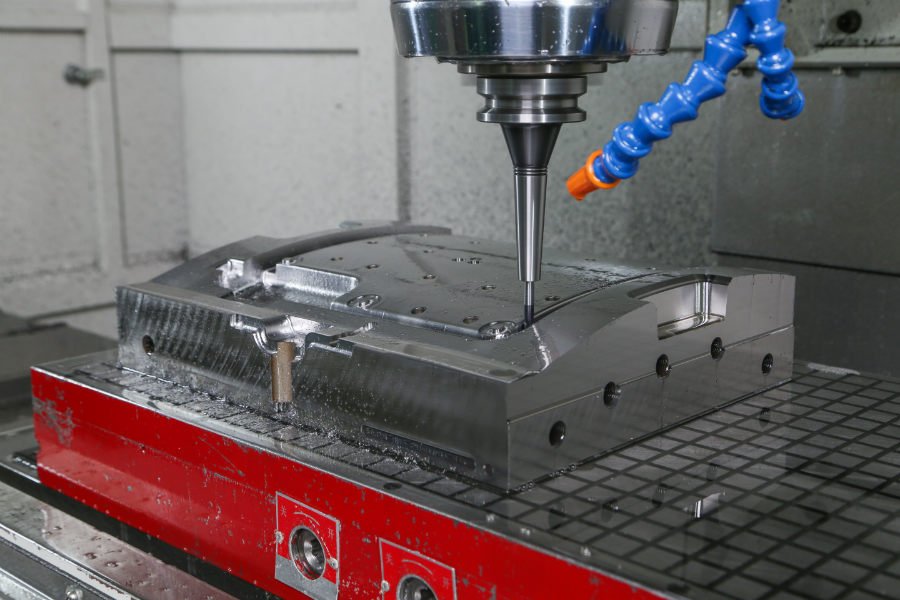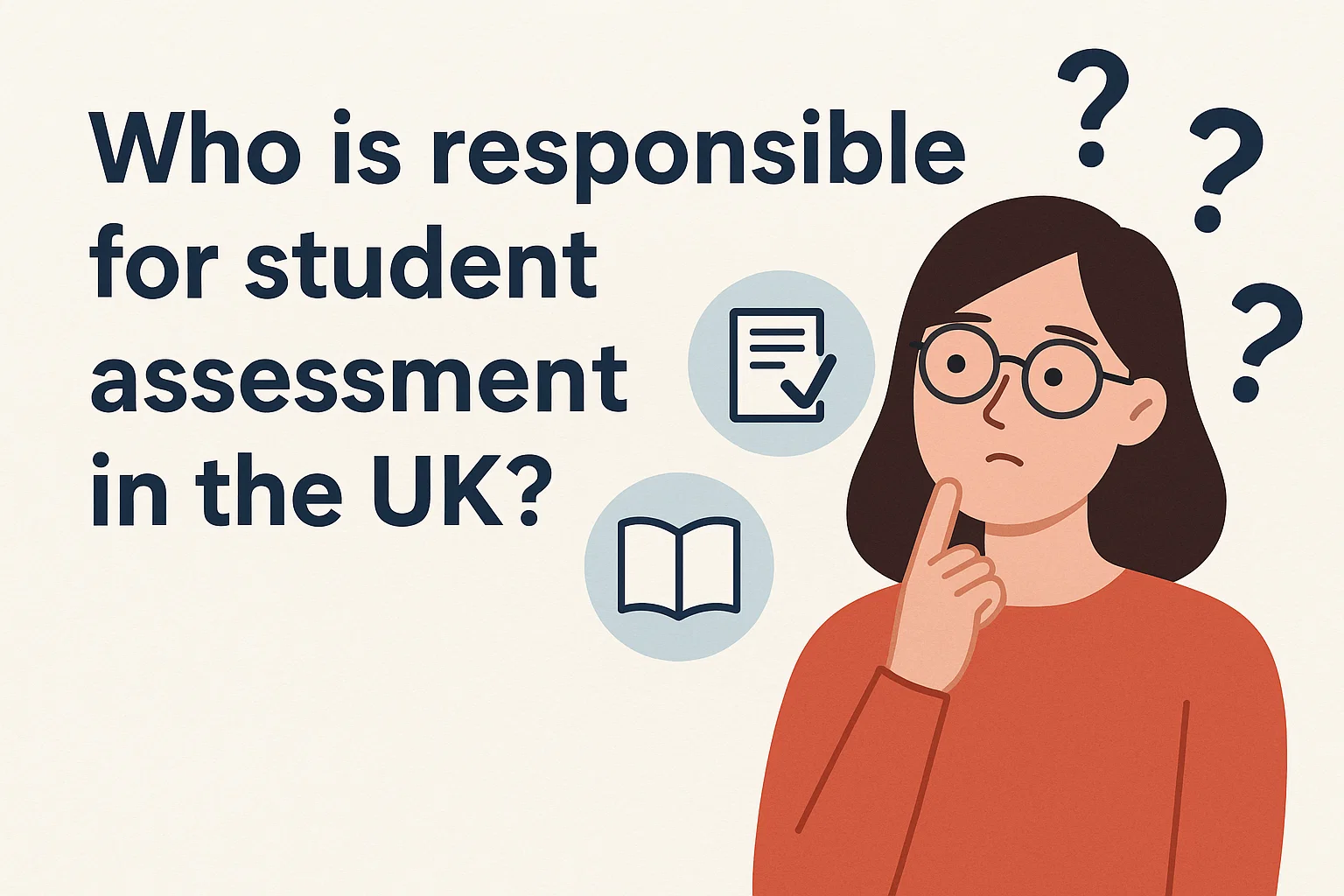Water damage is one of the most devastating issues homeowners and businesses can face. It can result from various sources, such as burst pipes, heavy rain, or even plumbing mishaps. The key to minimizing the destruction caused by water is a prompt and effective water damage mitigation strategy. At Quality Restoration, we understand the urgency and importance of acting fast to mitigate water damage before it turns into a costly disaster. In this guide, we’ll walk you through what water damage mitigation involves, why it matters, and how you can best protect your property.
What is Water Damage Mitigation?
Water damage mitigation is the process of reducing the impact of water damage after a flooding or water-related incident. It involves immediate actions to prevent further damage, salvage belongings, and restore the affected areas. Mitigation is not the same as water damage restoration, which involves repairing and restoring a property after the water has been removed. Instead, it focuses on controlling the damage and stopping it from getting worse.
The goal of water damage mitigation is to stabilize the situation quickly and efficiently, minimizing long-term structural damage, mold growth, and health risks.
Why is Water Damage Mitigation Important?
Timely water damage mitigation can save you significant time, money, and stress. Here are some of the reasons why it’s crucial:
Preventing Structural Damage: Water can seep into walls, floors, and ceilings, weakening the structure of your home or building. Quick action helps prevent major structural damage, which could otherwise result in costly repairs.
Mold Prevention: One of the most dangerous consequences of untreated water damage is mold growth. Mold thrives in damp environments, and it can begin growing within 24-48 hours. Not only does mold cause further damage, but it also poses health risks to anyone exposed to it, including respiratory issues and allergies.
Salvaging Belongings: Fast water mitigation efforts can help you save valuable belongings such as furniture, documents, electronics, and personal items that might otherwise be lost to water damage.
Health and Safety: Stagnant water can harbor bacteria, pathogens, and contaminants, particularly if the water is from a contaminated source such as sewage or floodwaters. Immediate mitigation prevents these health hazards from spreading and affecting the occupants of the property.
Steps in Water Damage Mitigation
When you experience water damage, it’s important to know the steps that should be taken to mitigate the problem. Here are the essential steps for proper water damage mitigation:
Assess the Situation and Ensure Safety
The first step is assessing the extent of the water damage and ensuring that it’s safe to stay inside the building. Turn off electricity in affected areas, especially if water has reached electrical outlets or appliances. Be cautious of slippery floors and potential structural weaknesses caused by the water.
Stop the Water Source
If possible, locate and stop the source of the water to prevent further damage. This could mean turning off the main water supply if the damage is caused by a burst pipe or addressing a leaking roof in the case of storm damage. If the water source is uncontrollable (such as a flood), immediate evacuation may be necessary until it subsides.
Remove Standing Water
The faster you can remove standing water from the affected area, the better the chances of minimizing damage. Depending on the severity, this can be done using buckets, pumps, wet vacuums, or professional-grade extraction equipment.
Dry Out the Area
Once the standing water has been removed, the next step is to thoroughly dry out the area to prevent mold growth and further damage. High-powered fans, dehumidifiers, and air movers are often used to circulate air and speed up the drying process. Opening windows and doors can also help with ventilation.
Remove and Protect Damaged Items
If there are items that are salvageable, remove them from the affected area as quickly as possible. Wet carpets, furniture, and other porous materials should be dried immediately or discarded if they are beyond saving. This step will prevent mold growth on these items and help reduce the overall moisture in the room.
Sanitize and Disinfect
Once the area is dried out, it’s essential to clean and sanitize all surfaces to remove bacteria, mold spores, and other contaminants. This is especially important if the water damage resulted from sewage backup or floodwater. Professional-grade cleaning products are often required to ensure proper sanitation.
Monitor for Mold Growth
Even after drying and cleaning, mold can still develop in hidden places, such as behind walls or under flooring. Continuous monitoring for signs of mold growth is essential. A professional restoration company, like Quality Restoration, will use specialized tools such as moisture meters and infrared cameras to detect hidden moisture and prevent mold problems.
Why You Should Hire a Professional for Water Damage Mitigation
Water damage mitigation may seem straightforward, but it’s a complex process that requires specialized tools, knowledge, and experience. Hiring a professional restoration company like Quality Restoration ensures that the job is done correctly and efficiently. Here’s why professional help is invaluable:
Fast Response: Water damage requires immediate attention, and professionals are available 24/7 to address emergencies.
Advanced Equipment: Professional restoration companies have access to industrial-grade drying equipment, moisture detectors, dehumidifiers, and cleaning solutions that are not typically available to the average homeowner.
Thorough Assessment: Experts can assess the full extent of water damage, even in areas that might not be immediately visible, ensuring that no hidden moisture is left behind.
Mold Prevention: Professionals know how to identify and address mold risks during the mitigation process, preventing costly and hazardous mold issues down the road.
Insurance Assistance: Restoration companies often work directly with your insurance provider to help streamline the claims process, saving you time and stress.
Water damage can happen when you least expect it, but having a proactive water damage mitigation plan in place can make all the difference. By taking immediate action and relying on professional help, you can protect your property, save valuable belongings, and avoid the long-term consequences of water damage. Click Here











Leave a Reply